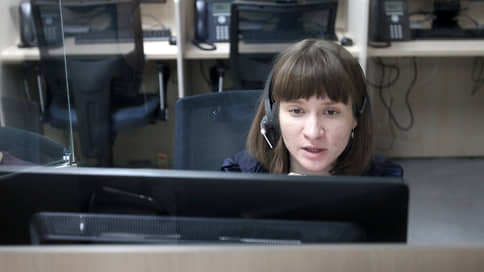Banks increase the use of robots in the client service

The demand for bank contact centers is growing, on average citizens turn to them more than half a million times a month. The growth of the load affects the performance of the operators. To increase the efficiency and reduce costs, banks are increasingly using robots. But bank customers are not ready for such a replacement, preferring to communicate with a person. As a result, a hybrid, roboto-operational model for building contact centers begins to dominate the market.
According to Frank RG, in 2024 the number of average monthly appeals to bank contact centers reached 50.4 million, adding 7.3%per year. In previous periods, the growth growth was more active – in 2023 by 12%, in 2022 by 37%. At the same time, the share of circulations through various chats (in the mobile application, on the bank’s website, etc.), which reached 32%, is confidently growing. At the same time, banks are increasingly used in robot communications. Moreover, the growth in the load on the contact centers negatively affects the performance indicators of their work, Frank RG notes. So, at the end of 2024, the average time, which the client spends in anticipation of the answer and connection with the operator on the incoming line, was 61 s, and in the chat – 117 s.
Experts note that the use of robots allows you to save by reducing personnel costs (salaries, searching for employees in terms of turnover, their training), rental, costs of software license for specialists, etc. In addition, the advantage of robots is automation of routine tasks (blocking the card, information about the work of offices, reference information about currency courses, etc.), the director of analytics on analytics in analytics pays attention Ingosstrakh Bank Vasily Kutin. The Frank RG study shows that in the chats robots successfully close 67.5% of the appeals, which can significantly reduce the load on operators and reduce operating costs. At the same time, robots requires the costs of teaching AI, investing in the development and integration of decisions related to AI, said Oleg Ablev, head of the analytical department of the RIKO-TRAST investment company.
However, banks strive for the use of a hybrid model, combining automation and human resource. The main advantage of operators in comparison with robots is the presence of empathy and a higher level of services, follows from the Frank RG study. “In practice, we realized that customers prefer to interact with people, not technologies, so this item of expenses prevails with us,” said Dmitry Sekon, head of the customer service department and distance sales. The current costs in this bank are distributed in a ratio of 30/70, where most of the operators falls on. The head of the Client Service Development Center in MTS-Bank Digital Canals, Sergei Zveverrov, notes that the current costs of robots are “five times less than the costs of operators of the contact center”. The head of the Directorate of distance sales and the service of St. Petersburg Bank, Lidia Velichko, notes that the planned share of client appeals processed by the robot is 25% and the “right to choose always for the client”.
Experts expect further robotization of services, but with an emphasis on improving the quality of service. Since the beginning of 2025, Sberbank began to introduce the principles of autonomization into the work of contact centers. Sberbank, director of the Department of Consideration of Clients, Elena Levina notes that the task is to « ensure the seamless interaction of a person with artificial intelligence, including an emotional component. »
At the same time, the issue of its own development of finished solutions for robotization depends on the financial resources of the bank, since automation must be recalculated, said Olga Filippova, senior project leader Frank RG. “Large banks with high volumes of appeals can gain significant benefits from their own developments, as this provides full control over functionality, the possibility of deep integration with internal systems and long -term savings on licensed payments,” said the CEO of Invooscope’s investment platform, Gennady Fofanov.






